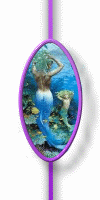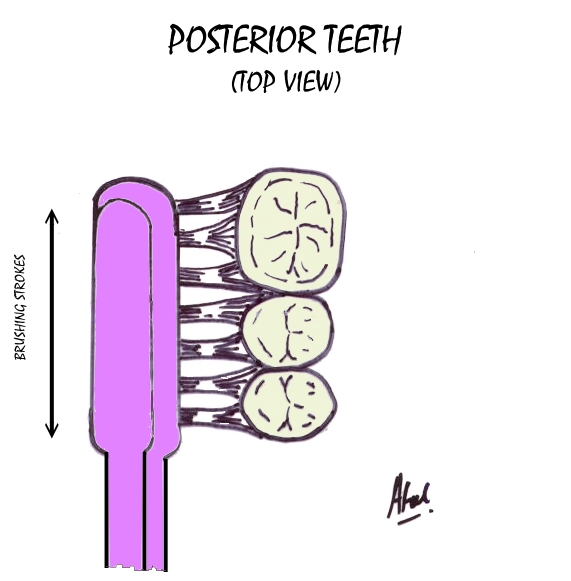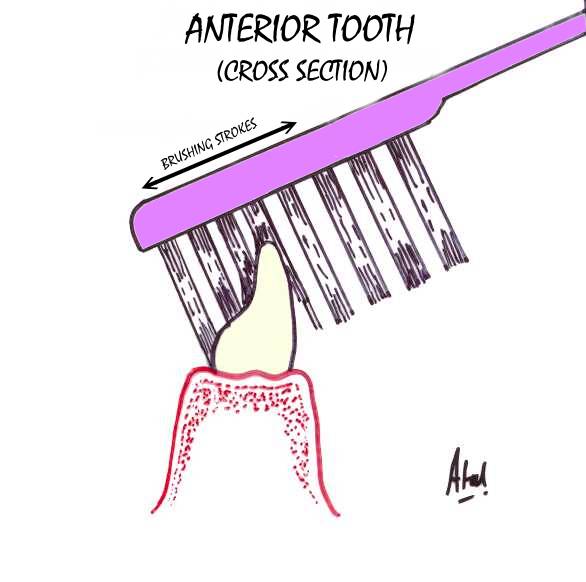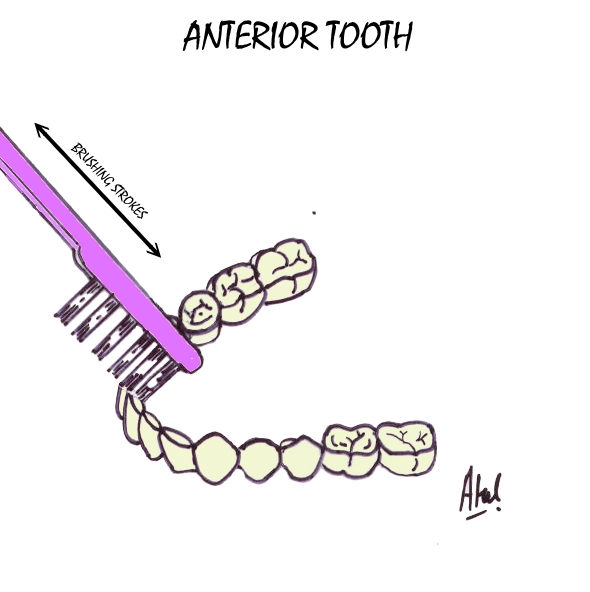
 |
 |
 |
 |
 |
 |
|
PROPER TECHNIQUE OF BRUSHING
|
|
TYPE OF TOOTHBRUSH: |
| TYPE OF TOOTHPASTE: Use a tooth paste that contains fluoride, it helps the tooth to become more resistant to cavities, it is better to avoid coarse and granular powder to brush your teeth since their regular use may lead to excessive wear away of enamel. |
| IMPORTANT: 1. Fluoride containing toothpaste should be used with caution in areas with endemic flurosis and in young kids below 7 years of age, as they are more likely to swallow the paste (a good precaution would be to give them less paste to begin with). For adults, using paste the size of a pea should provide enough fluoride. |
|
WHEN TO BRUSH: |
| FOR HOW LONG?: One should spend at least 2 MINUTES for brushing, anything less and you are probably not achieving proper cleaning, any thing more and you are perhaps causing more wear and tear of your enamel. |
| TECHNIQUE: After reading this you may realize that you have been using wrong technique till now,( it is never too late to correct what is wrong) any way the right technique is: |
 |
||||
| Step 1. Hold the brush at an angle of 45 degrees to the tooth and place it so that half of the bristles rest on the tooth and half on the gums. | ||||
 |
 |
|||
|
Step 2. Now slowly vibrate the brush
in back and forth direction (make sure that the tip of bristles
does not move from their place). |
||||
 |
 |
|||
| Step
5. For the flat, chewing surface, use back and forth motion. Step 6. While cleaning the inner surface of upper and lower front teeth hold the brush in a vertical position. |
||||
